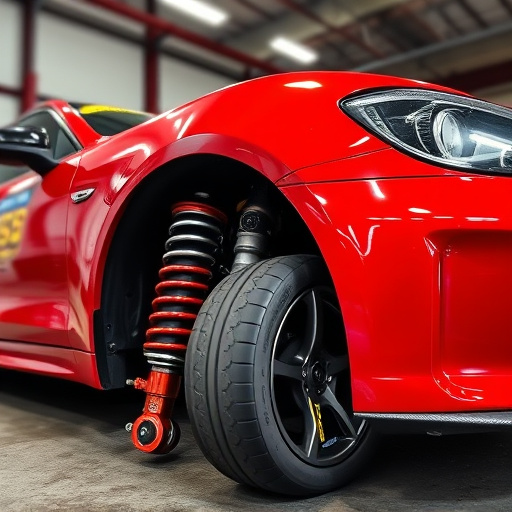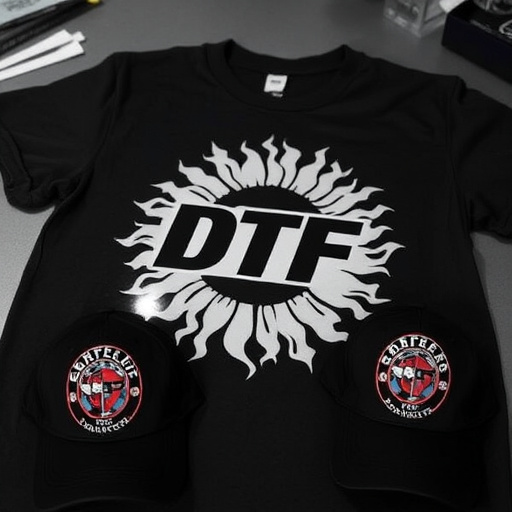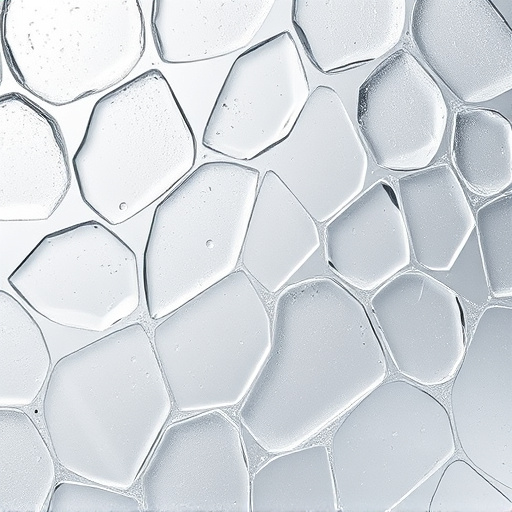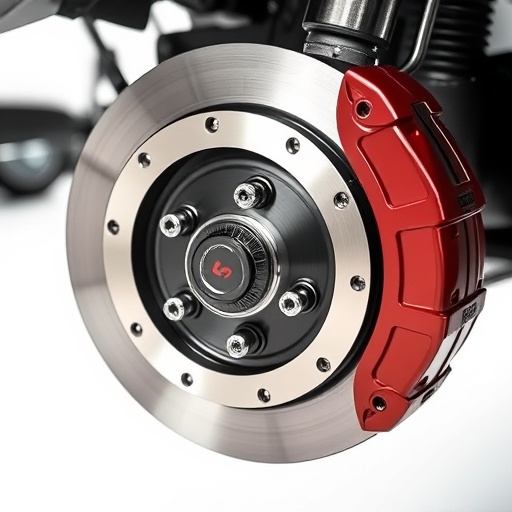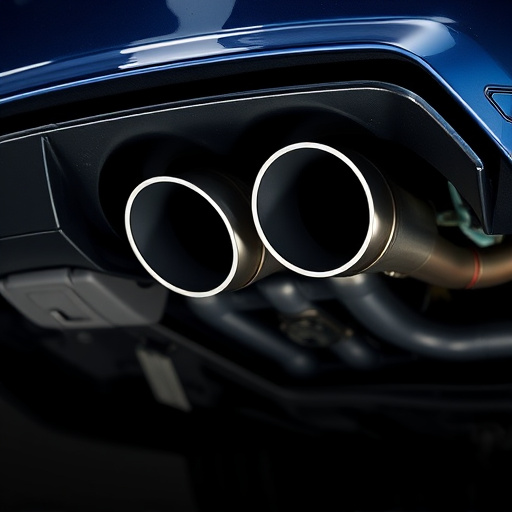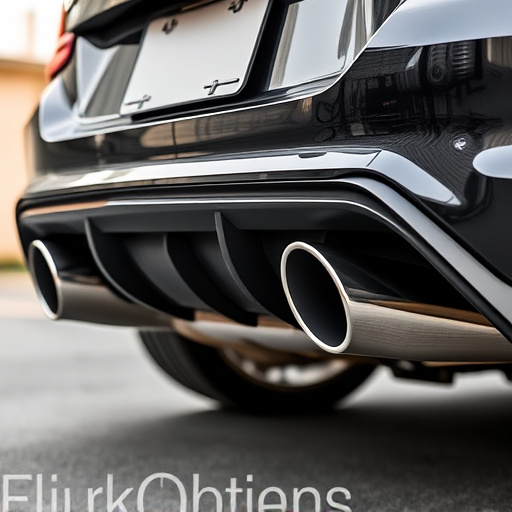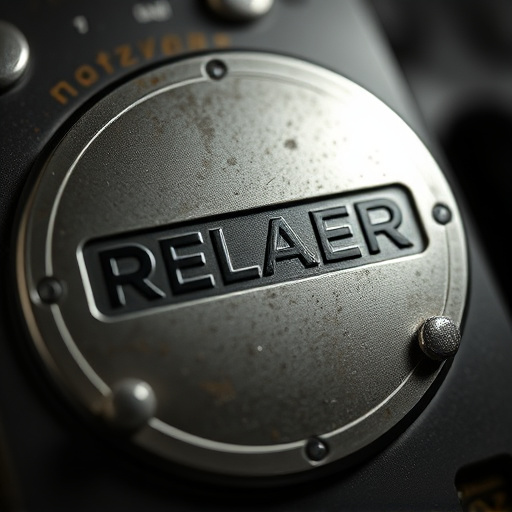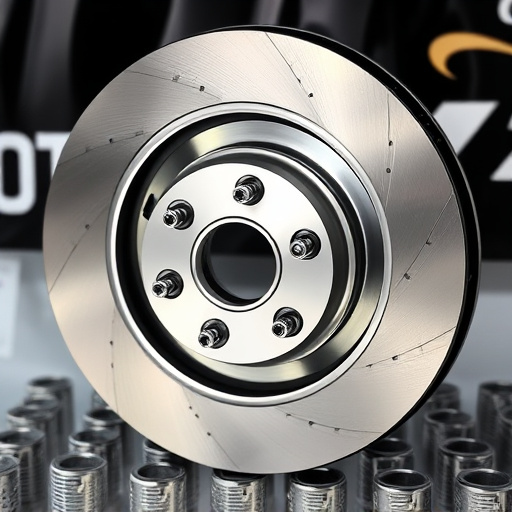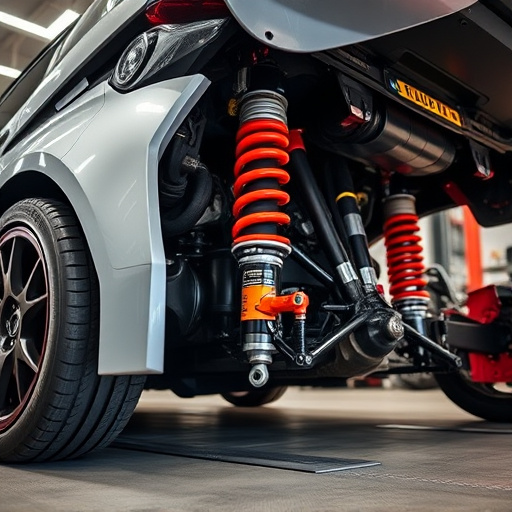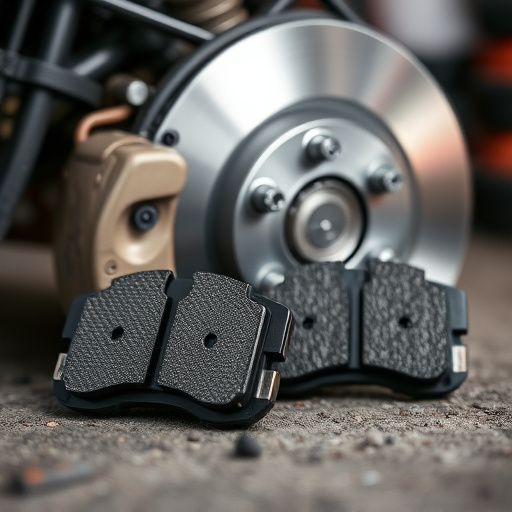The intercooler piping system is a crucial component in high-performance vehicles' cooling systems, managing air flow to optimize engine performance by reducing compressed air temperatures from turbochargers or superchargers before entering the engine. Sizing these pipes requires considering vehicle application needs, intercooler size, suspension layout, and clearances from other components to ensure optimal airflow for peak engine performance and efficiency. Correct sizing, high-quality filters, and minimal bends in piping layout are key practices for achieving this goal.
Intercooler piping, a vital component of high-performance engines, plays a crucial role in maintaining optimal air velocity and overall engine efficiency. Proper sizing of these pipes is essential for achieving peak engine performance. This article delves into the significance of intercooler piping, explores key factors influencing its sizing, and offers best practices to ensure efficient airflow. Understanding these aspects can significantly impact both engine coolness and power output.
- Understanding Intercooler Piping and Its Role in Performance
- Factors to Consider When Sizing Intercooler Piping for Air Velocity
- Best Practices for Ensuring Optimal Airflow Through Intercooler Piping
Understanding Intercooler Piping and Its Role in Performance
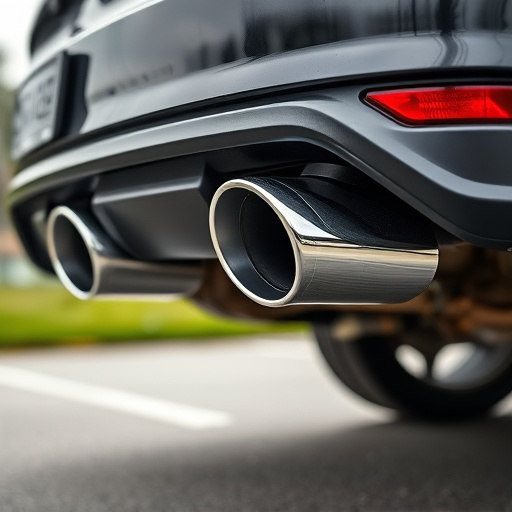
The intercooler piping system is a vital component in any high-performance vehicle’s cooling mechanism. It plays a crucial role in ensuring optimal engine performance by managing air flow efficiently. Intercooler piping, as its name suggests, connects and directs air between the intercooler and the intake manifold. This process is essential for reducing the temperature of compressed air from the turbocharger or supercharger before it enters the engine.
By maintaining the right air velocity through carefully sized pipes, the intercooler can quickly lower the air temperature, enhancing the engine’s power output. Efficient intercooler piping allows for better heat transfer, ensuring that the compressed air doesn’t overheat, which could cause performance loss and potential damage to the engine components, including brake pads, exhaust tips, and brake rotors.
Factors to Consider When Sizing Intercooler Piping for Air Velocity
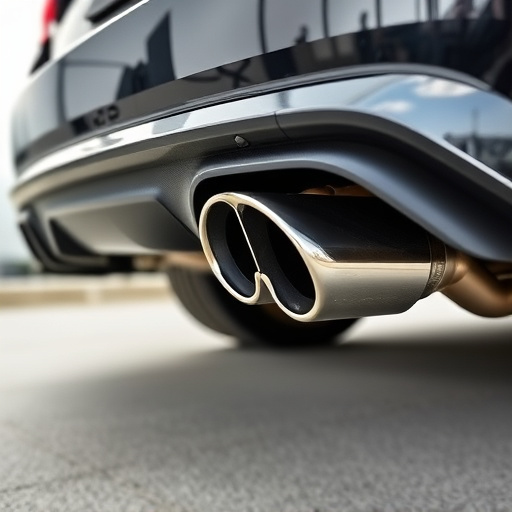
When sizing intercooler piping for proper air velocity, several key factors come into play. First and foremost, it’s crucial to consider the specific application and its requirements. High-performance vehicles with powerful engines or those equipped with performance exhaust systems demand larger diameter pipes to handle the increased airflow needed to cool the engine efficiently. The size of the intercooler itself is another significant consideration; bigger intercoolers require larger piping to maintain optimal air velocity.
Additionally, the vehicle’s suspension components and overall layout can influence piping dimensions. In some cases, tight spaces or complex underbody configurations might necessitate custom piping routes, affecting both the length and diameter choices. It’s also worth noting that proper clearance from other components, like brake rotors, needs to be accounted for to prevent any potential interference or restriction in airflow.
Best Practices for Ensuring Optimal Airflow Through Intercooler Piping
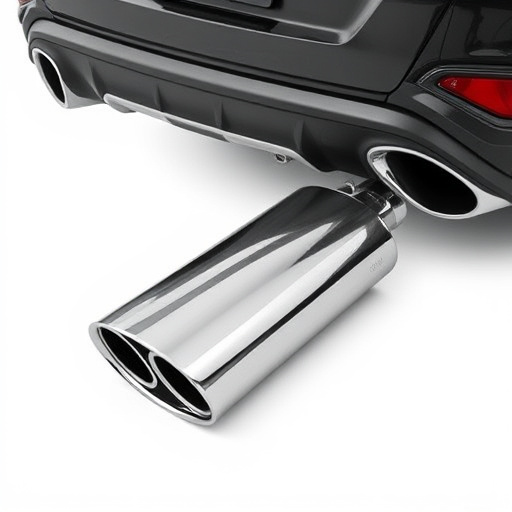
Maintaining optimal airflow through intercooler piping is paramount for achieving peak engine performance and efficiency. To ensure this, several best practices should be implemented. Firstly, sizing the piping correctly based on the vehicle’s requirements and expected operating conditions is crucial. Using industry-standard formulas and guidelines, engineers can determine the ideal diameter and length of intercooler pipes to facilitate the desired air velocity. This ensures that a sufficient amount of cold air from the intake components reaches the engine, enhancing combustion and overall performance.
Additionally, integrating high-quality performance air filters as part of the cold air intake system can significantly contribute to optimal airflow. These advanced filters trap fine particles and contaminants, preventing them from clogging or restricting the flow of cool air through the intercooler piping. Furthermore, ensuring minimal bends and smooth contours in the piping layout helps maintain air velocity, minimizing turbulence that could impede airflow. This holistic approach, incorporating well-designed intake components and efficient intercooler piping, is essential for unlocking the full potential of any vehicle’s engine.
Optimizing intercooler piping size is paramount for achieving peak engine performance. By understanding the crucial role of air velocity and implementing best practices, vehicle engineers can ensure efficient cooling and enhance overall engine health. When sizing intercooler piping, consider factors like airflow requirements, temperature differentials, and potential restrictions to maintain optimal velocity, ultimately leading to improved vehicle dynamics and fuel efficiency.
